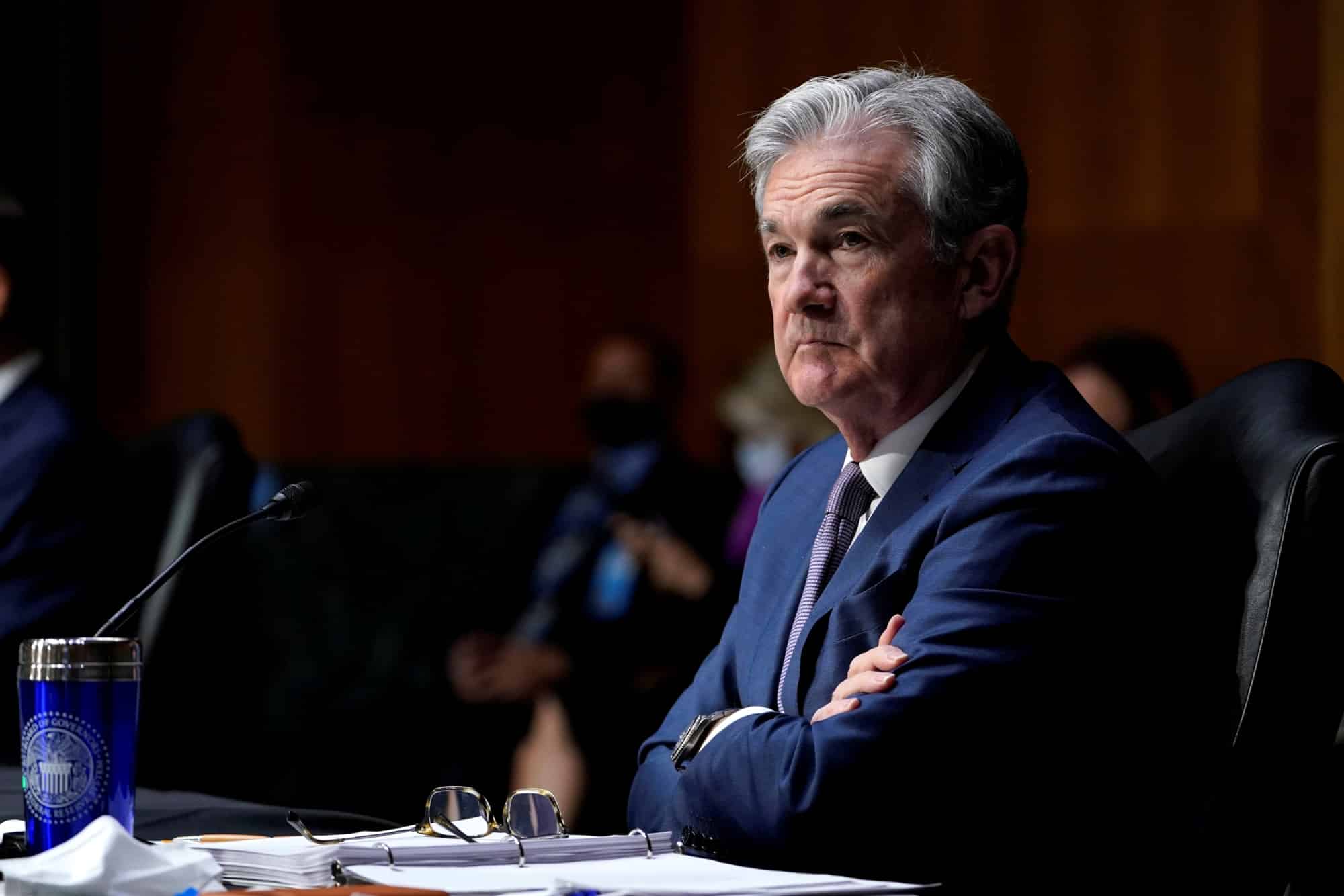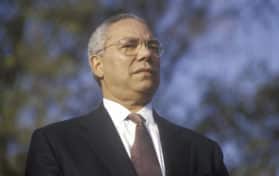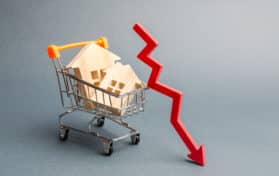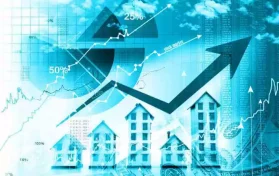
On Wednesday, Federal Reserve Chairman Jerome Powell spoke about the runaway inflation the United States has been seeing may last well into 2022.
Powell did offer some hope to consumers, however. He said the “wild swings” and huge jump in prices on everyday goods should slow down some “once current pressures on the supply chain dissipate.”
Powell spoke to reporters after the Federal Reserve’s two day policy meeting. He blamed the highest inflation that Americans have witnessed in 30 years on the supply chain crisis as well as pandemic-induced shortages and growing consumer demand. He refused to say that inflation was due to wage pressure on an incredibly tight labor market as an influence for the latest rapidly growing inflation.
Powell told reporters that the baseline expectation is that supply bottlenecks and shortages could persist well into next year. He believed this would result in the elevated inflation we’re experiencing at the moment. He added, “As the pandemic subsides, supply chain bottlenecks will abate and job growth will move back up, and, as that happens, inflation will decline from today’s elevated levels.”
When using the Fed’s gauge, inflation is at the highest level since May 1991. Policy makers and financial experts have labeled the inflation as “transitory.” The Fed typically wants to see inflation at 2 percent; however, in September, core personal consumption expenditures price index jumped to 4.4 percent. The United States Central Bank continues to hold that this “transitory” inflation will “cool” next year.
Powell also told journalists that the timing of this “cooling” is “highly uncertain.” He holds hope that the inflation will be on its way back down by the second or third quarter of 2022.
Federal Reserve Chairman Jerome Powell announced the Fed would ease up on some of the massive help it’s been providing to the economy, amid concerns about rising inflation, but fell short of predicting a coming rate hike https://t.co/PLuqcHJUwn pic.twitter.com/6sdID8OqXK
— Reuters (@Reuters) November 4, 2021
The Federal Open Market Committee voted to begin pulling back on the stimulus it has been giving the economy since March 2020, the beginning of the pandemic. Powell met with reporters shortly after. However, this wasn’t the only actions taken by the Fed at the meeting. The central bank of the United States also announced it would reduce its bond-buying program by $15 billion per month in mid-November. The central bank plans to lower its purchases of long-term Treasury bonds by $10 billion per month, and it will do the same with purchases of mortgage-backed securities by $5 billion per month.
This practice is known as “quantitative easing,” and it is a practice that is intended to stablize financial markets and keep credit cheap during the pandemic. This will bring an end to the massive expansion of the central bank’s $8.6 trillion balance sheet, and the tapering of these purchases is intended to be completed by June.
However, lawmakers have said they are set to keep the central bank carrying out these purchases if the economic outlook warranties such. Investors are watching as they are looking for the Fed to expedite an interest rate hike in order to put a stop to the out-of-control inflation. However, “until labor market conditions have reached levels consistent with the Committee’s assessments of maximum employment, the rates are expected to stay at their current rate.
Currently, there are about 7.7 million unemployed Americans.
Powell remains steadfast that the Fed will not hike interest rates with the hope the supply chain crisis will rectify itself and inflation slows down as well.





